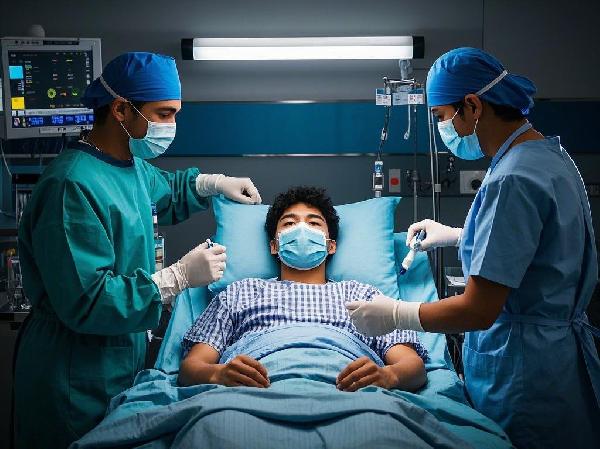Non-gonococcal urethritis (NGU) is a sexually transmitted disease (STD) caused by pathogens such as Chlamydia trachomatis and Ureaplasma urealyticum. Clinically, it presents with symptoms of urethritis, but no Neisseria gonorrhoeae is detected in the secretions, and no gonococcal growth is observed in bacterial cultures. Female patients often develop concurrent genital tract inflammations such as cervicitis, hence it is also referred to as non-specific genital tract infection in women. Since a single sexual encounter can lead to simultaneous infection with Neisseria gonorrhoeae and Chlamydia trachomatis, and the latter has a longer incubation period than the former, NGU symptoms may appear after the cure of gonorrhea, a condition termed "post-gonococcal urethritis," which is essentially a manifestation of NGU. So, how is non-gonococcal urethritis diagnosed and tested?

1. A history of extramarital sexual contact or a partner with infection, with an incubation period of 1 to 3 weeks.
2. Clinical manifestations: Men often experience itching, burning, or stinging sensations in the urethra, sometimes accompanied by urgency and difficulty urinating. However, the symptoms are generally milder than those of gonorrhea. The urethral opening may appear congested or swollen, with serous, mucopurulent, or thin white discharge, or a "crusting" phenomenon in the morning. Women with urethritis may experience frequent urination, urgency, or difficulty urinating; cervicitis may present with increased vaginal discharge, cervical congestion, swelling, or erosion; vaginal and vulvar itching may also occur. Many patients, especially women, may have no symptoms or very mild symptoms.
3. The disease can be transmitted through the birth canal, causing neonatal conjunctivitis, pneumonia, rhinitis, otitis media, and vaginitis in female infants.
4. Complications: The main complications in men include epididymitis, prostatitis, and Reiter's syndrome; in women, they include salpingitis, pelvic inflammatory disease, ectopic pregnancy, and infertility.
5. Laboratory tests:
(a) Both smear and culture for Neisseria gonorrhoeae are negative. However, microscopic examination of the smear under oil immersion (1000x) reveals more than 4 polymorphonuclear leukocytes per field, or microscopic examination of the first 15 ml of morning urine sediment under high power (400x) reveals more than 15 polymorphonuclear leukocytes per field, which is diagnostically significant.
(b) If possible, pathogen testing for Chlamydia trachomatis, Ureaplasma urealyticum, and other pathogens can be performed.
























